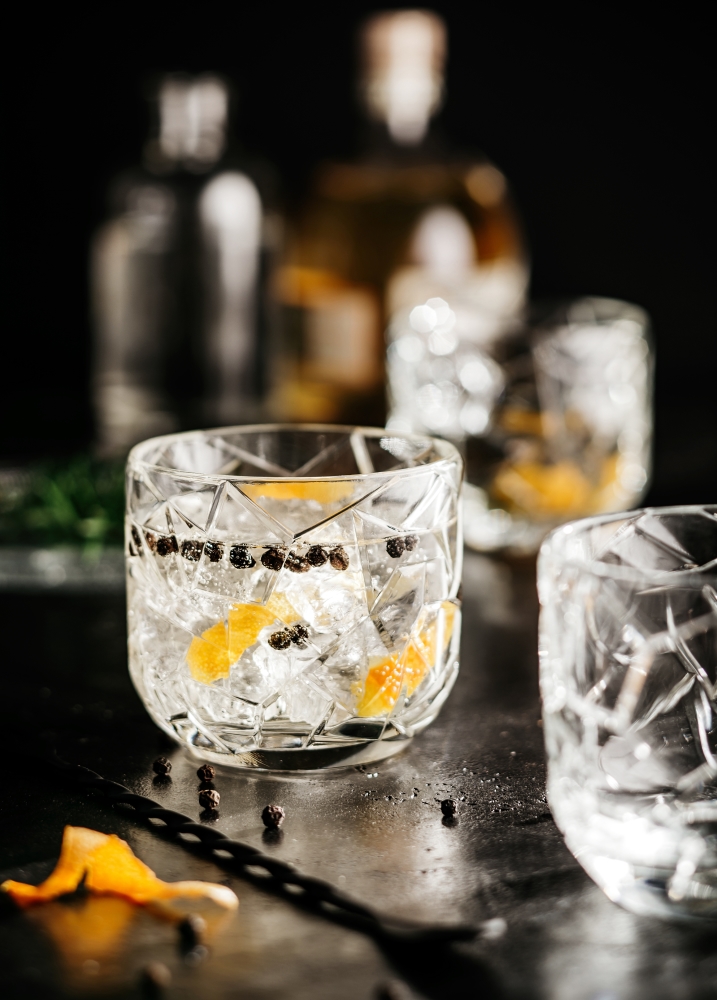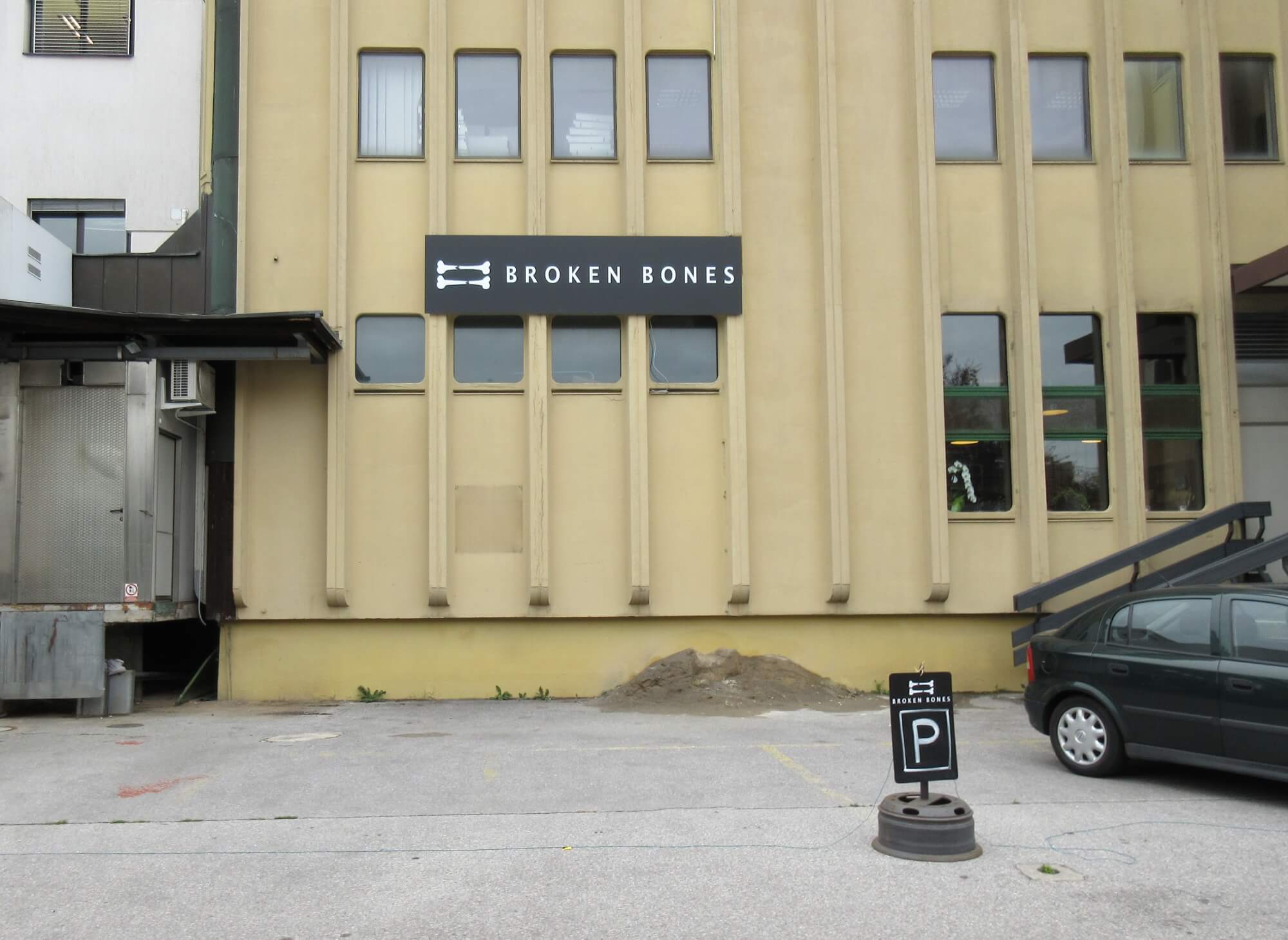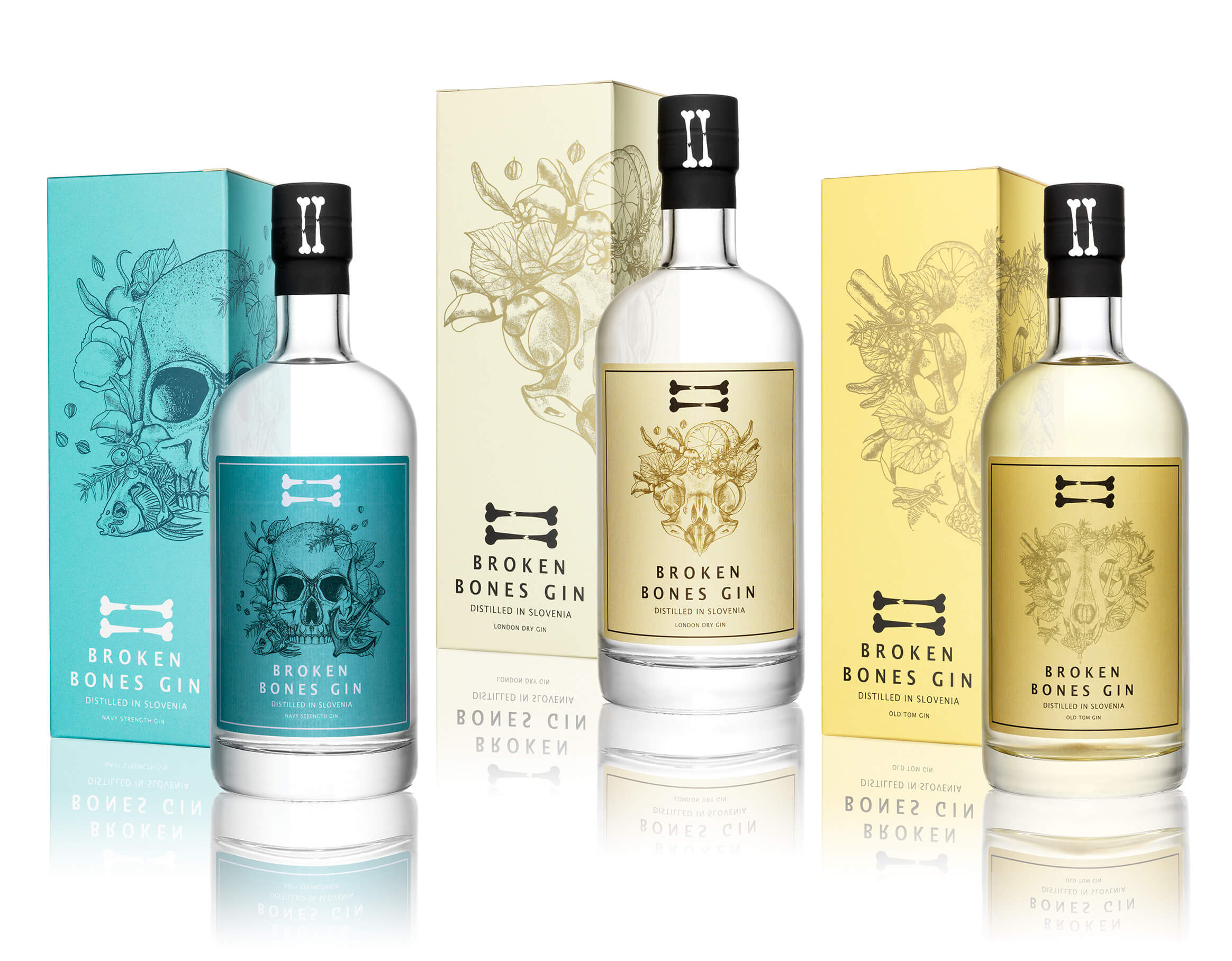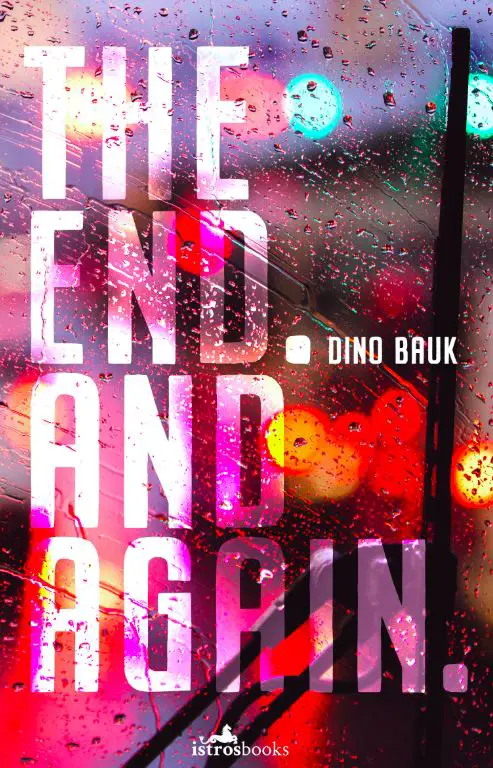Made in Slovenia
As BREG - a new Slovenian-inspired apparel brand launches, we speak to its creator Sam Baldwin about the project.
What’s the story behind BREG T-shirts?
I’m a fan of graphic design and I’m a huge fan of Slovenia, so I was looking for interesting Slovenian t-shirts. But all I could find in Ljubljana was very cliché, touristy designs: a dragon, a picture of Tito, a Slovenian flag. There was nothing appealing to me, despite Slovenia having plenty of interesting subject material. So I decided to create my own line of Slovenian-inspired t-shirts, drawing on Slovenian icons, Slovenian language and Slovenian locations. I wanted to make the designs uniquely Slovenian, but in a more interesting way than what is being offered for sale right now.
The location of Breg
Why ‘BREG’?
In 2007, my brother and I bought an old mountain vikend in a tiny hamlet called Breg in Koroška, as we both had a huge affinity for mountains and snow. This was the beginning of my love affair with Slovenia. It’s been a challenging process renovating it over the years, with numerous problems along the way, but I love it, and it’s the reason that I grew more and more attached to Slovenia, which eventually led to me coming to live here full time.
Breg house was also the place where many of my designs were first sketched out – so it seemed fitting to name the brand after the place where my Slovenian story started. Breg also means ‘shore’ or ‘slope’ in Slovene so has a nice ring to it. You can read more about the trials and tribulations of renovating a 300-year old structure and my thoughts on Slovenian life on my blog at: www.BregHouse.com.
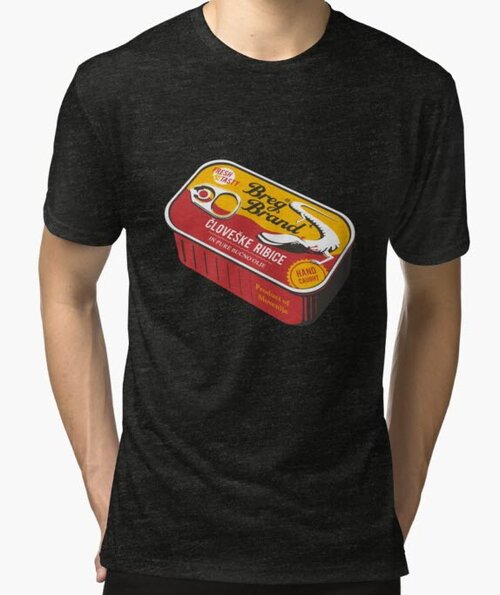
Where did the ideas for your designs from?
I’m from the UK but I’ve been visiting Slovenia for 13 years and living here almost three. During that time I’ve explored a lot of the country and met a lot of interesting people. The designs draw from all those experiences as I’ve seen many things that I think would look good on a shirt.
To kick off the launch of the brand – I wanted to have a mix of designs; something representing Ljubljana and Slovenia as a nation (LJ-Triglav), something for Bled (Kremšnita), something for the Vršič Pass (as I just love this road and thought it would make a nice design), and something to do with the Human Fish.
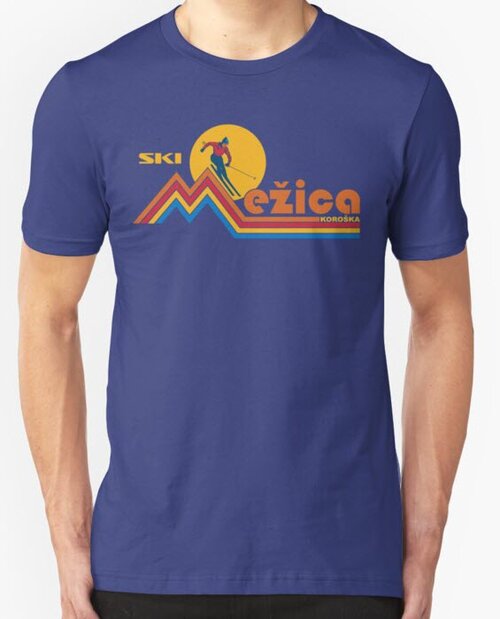
My most obscure design - Ski Mežica - is based on a forgotten ski area. Mežica in Koroška is a place dear to me as the town is near Breg, and it also has a really interesting ski history. It was once a popular centre of Slovenian skiing (being the 2nd ever Slovenian ski area after Kranjska Gora, producing at least one Olympic champion, and even having its own ski factory!) but sadly, the ski centre is no longer operating, and little remains to suggest the area was once such a Slovenian ski hot spot. I wanted to pay tribute to Mežica with a retro ski design, the type of which might have been worn during Mežica’s heyday as a ski centre.
How are people reacting to the designs?
So far - pretty positively. Of course, not all the designs appeal to all people, but the feedback has been good from both Slovenians and other nationalities. For some of the designs, only a Slovene would get the reference or joke, which is what makes them appealing to locals I think, and visitors looking for designs which are different to anything else on the market may also like them.
I’d like to build the BREG brand over time because I think there’s a space in the market for something genuinely Slovenian-flavoured, that goes beyond the typical tourist tat. Slovenia has so many interesting aspects that would look great on a shirt, and I’d like to continue to make designs which celebrate aspects of Slovenian culture but in an interesting and original way.
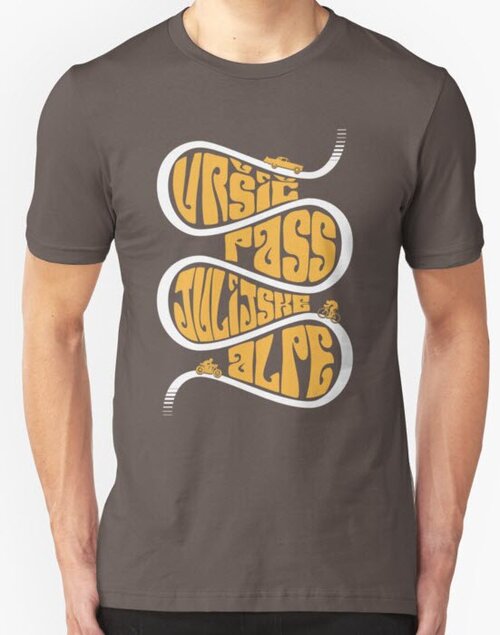
Where can people buy the shirts?
Thanks to coronavirus, my plans to get the shirts into shops around Slovenia have been delayed a little. However, there are two places to buy BREG products: the full range, including t-shirts, hoodies and other apparel can be purchased online at BregDesign.com – which ships worldwide.
Secondly, if you’re lucky enough to be in Slovenia, you’ll find selected lines at Črno Zrno coffee store in Ljubljana, in Gornji trg, the Old Town, and soon, once lockdown has been lifted, other locations around Ljubljana and the rest of Slovenia. Again, check the website (BregDesign.com) to see full list of Slovene stockists.
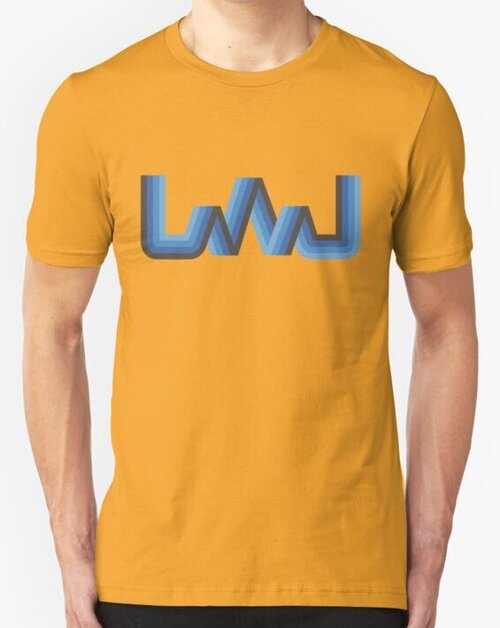
Will there be more BREG designs coming soon?
Yes – I have a sketch book full of ideas, so I’ll be bringing new designs out over the coming months. The hardest thing is deciding which ones to do next. Keep an eye on BregDesign.com to see he latest releases.
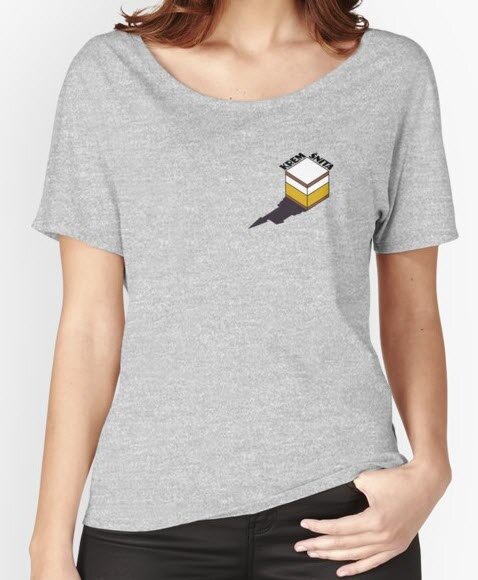
BREG ships worldwide, and you can order a T-shirt here. And if you'd like to share your Slovenian story with our readers, then please send an email titled "Slovenian Story" to This email address is being protected from spambots. You need JavaScript enabled to view it.
We recently came across a new augmented reality (AR) travel app for Slovenia, TaleUp, and so got in touch with Žiga Novak, of Travel-Slovenia to learn more about it, as well as some of his other projects
How did you come to work for Travel-Slovenia?
Well, Travel-Slovenia is my own project, which I’ve run from the very beginning, from the first idea until today. I always liked to travel around Slovenia, and to discover new places, not just those known to everyone, as I was more into hidden locations, small local offers and so on.
While discovering this places I decided to start writing about them. But at the beginning it was just a blog, for which I didn’t have much time. But sometime later, I saw a different way of doing this, and that’s how Travel-Slovenia was born. It’s changed a lot over time, as at first I didn’t really know what I wanted. But since then things fell into place it started growing from there, and I started working with other people, groups and companies.
What kind of groups?
One example is Society Farjovca, with their hike to Trstelj, for which I also made the logotype. I also created the graphics for their Sage hike, which was unfortunately cancelled, due to the corona crisis.
Another nice example of a something smaller, that not everyone knows about, is the Society Baška grapa heritage, for whom we made a presentation movie about their traditional hike along a themed path related to the classic Slovenian movie On Our Own Land (details). We also work with larger institutions, like museums. For example, we cooperate with the Technical Museum of Slovenia, and through our page visitors can get free tickets for a visit.
What does Travel Slovenia offer visitors?
Travel-Slovenia aims to be the ultimate web tourist portal, which tries to present various locations around Slovenia and bring them closer to foreign and domestic visitors. Slovenia is a small sub-Alpine country, which offers unique experience and unforgettable moments. Travel-Slovenia, as an online tourist guide, tries to provide as much information about Slovenia as needed, so the visitors will leave it with beautiful impressions.
The portal includes various categories, from facts about Slovenia, history, Slovenian things (like animals, wines, food, movies, etc.) Slovenian words and texts (poems, our anthem, and so on), hiking, historical and other attractions, walking and cycling locations, castles and mansions, presentations of the cities and what to do there, monuments and much more.
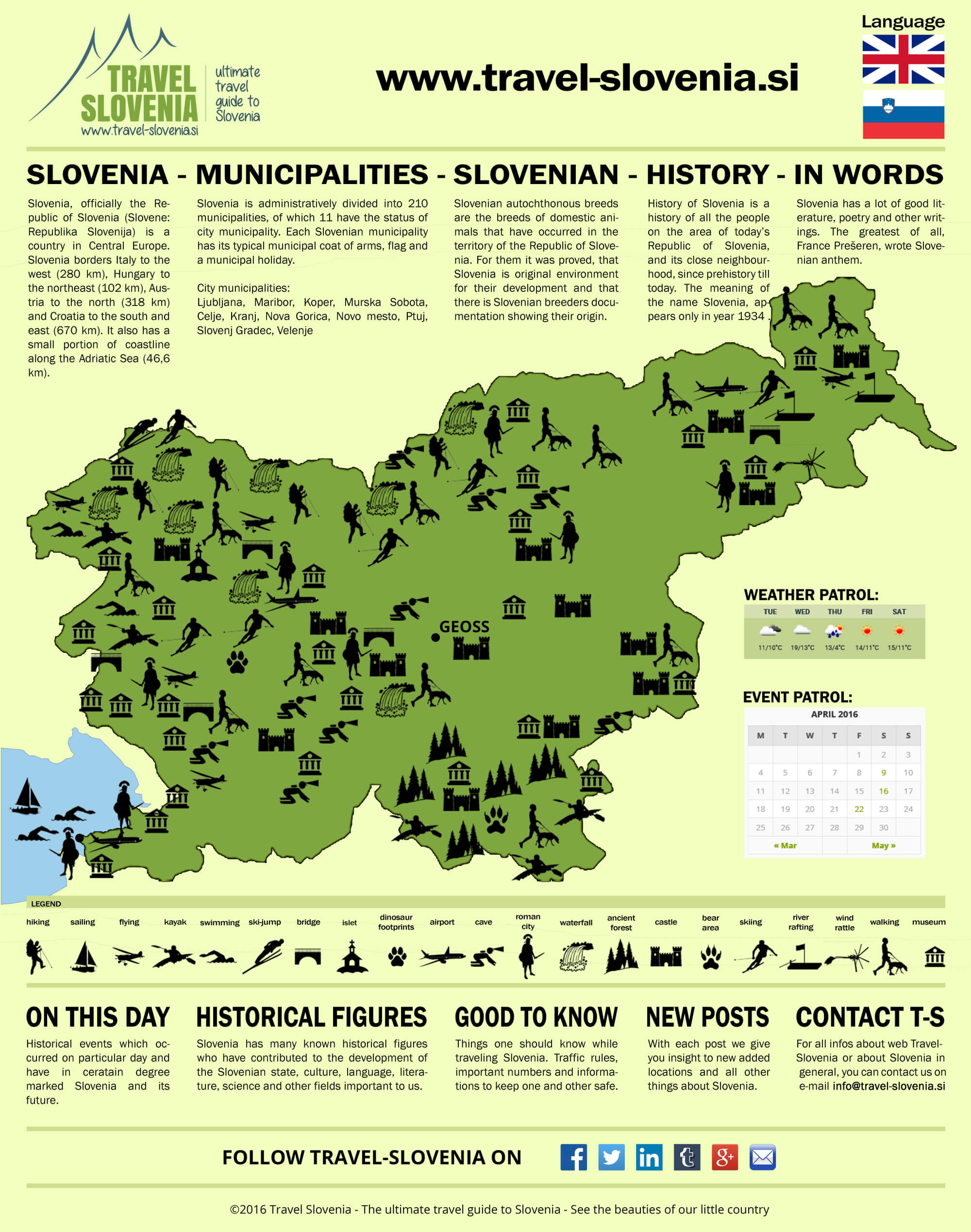
In 2019 we started with project Mobility Slovenia, and the goal is to connect various locations in the country and make it easier for tourists to travel around and see more than the usual sites. For this we started to work with Nomago, a company that runs buses, airport shuttles, and other transport services.
To provide more personal insights into Slovenia, and promote the country to people who looking for new experiences in a clean, green environment, we started the Trail blog. Here people can read about our trips around Slovenia, gets to know interesting sights and things to do.
At the moment, during the lockdown, we’re also working to increase the number of locations on Travel-Slovenia, with presentations in words, photos and videos, and even more, and if there’s a location or writer that would like to be part of this then they can send an e-mail to This email address is being protected from spambots. You need JavaScript enabled to view it..
I should also say that if someone is planning their next trip while stuck at home then we can also answer any questions you have about travel in Slovenia. We can even make a full package for a custom tour, all we need to know is what you’d like to do here. What you’d like to see, what kind of activities, your budget and so on We can even provide a tourist guide, if wanted.
Slovenia has a lot to offer, more than many people know, and we want to create stories, and memories, for everyone.
As you said earlier, you also work in the field of Augmented and Virtual Reality. Can you tell us about the TaleUp app?
Of course. While looking for new partners I came across the agency Dragon Lines, with their lead tourist guide Dragan Bekčič. We hit it off, and soon started to talk about working together. The idea came, and I was able to make it with VRsolution lab. Finally, after 5 months of hard work and development, the app saw the light of the day, on March 1st. 2020. We released it for Android phones (on the Google Play Store, here, and on the Huawei GalleyApp).
In future more locations will be added, more stories created. And we are also looking for new partners to join the app, and be presented in interactive way, with augmentation of their location or products with virtual content. If anyone wants to learn more about that, then they can visit our page.
What does AR bring to the experience of travelling?
The app is made so that the user can see historical places or objects that do not exist anymore, or can only be seen in the museum. With the app one can see them on the original spot, at the real location and on their mobile device, in the real size. In that way people can experience history, something from the future, or an imagined past, like a tram in the air for Ljubljana.
Another option is the augmentation of certain products. For example, we work with the chocolate shop Cukrček, where the AR content can be found at their locations around Ljubljana – next to Town Hall and the Robba Fountain, Trubarjeva cesta and Miklošičeva, behind Prešeren square.
App users can also get a discount for purchases, all they need to do is show the coupons that can be found under locations with the % sign.
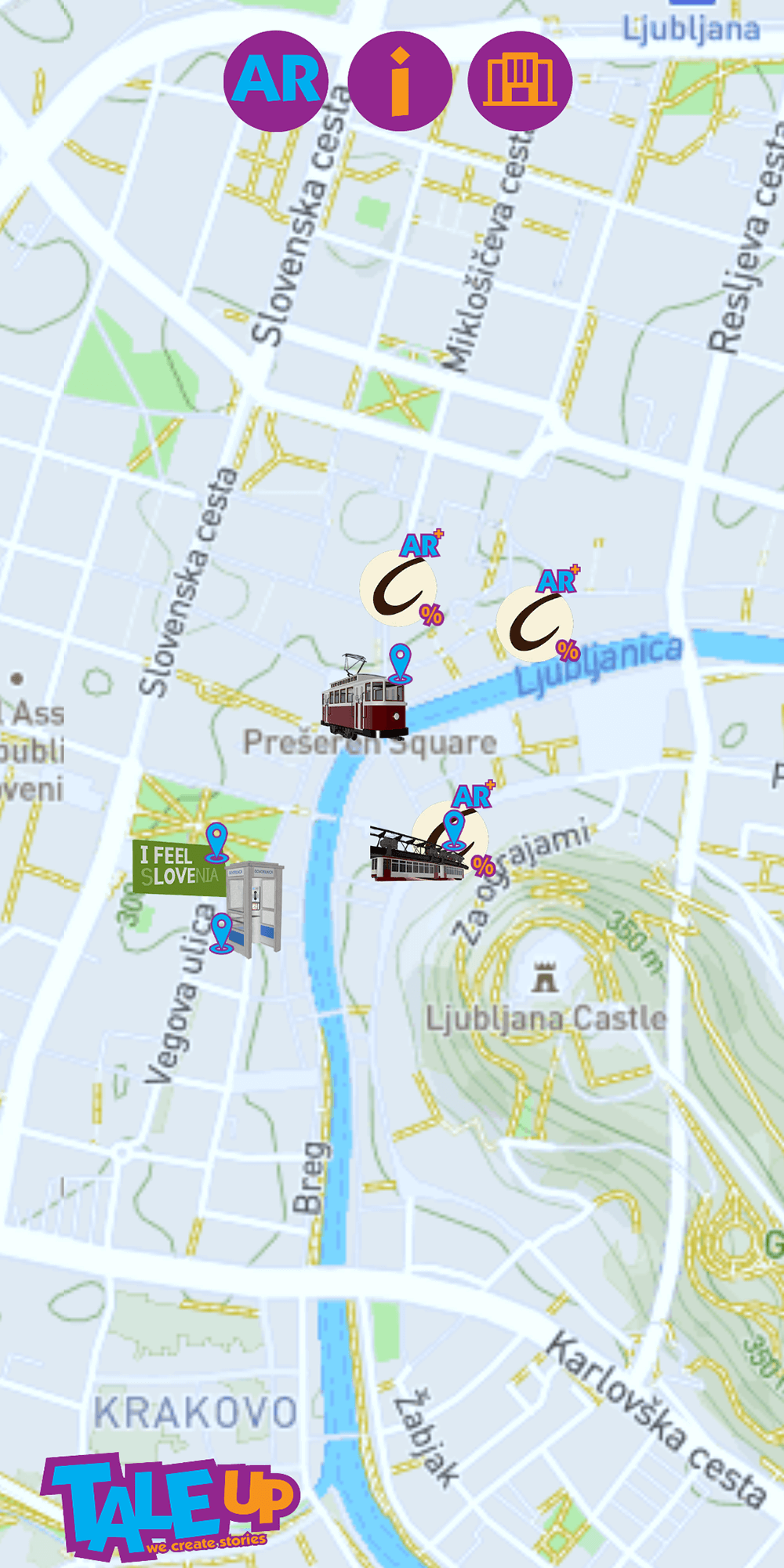
How has coronavirus hit the project?
It was bad timing, just as we launched, so it couldn’t be used. But now the things are getting back to normal we’re looking ahead with new cultural heritage locations, new content augmentation, and new partners. If anyone would like to join TaleUp app, then they can get in touch at: This email address is being protected from spambots. You need JavaScript enabled to view it.. They can join as store, location, provider, promoter or something else, and we can create the content that they want. A good place to keep up with new developments is on our Facebook page.
Are you working on any other projects now?
Yes, I’m working on a lot of new projects, and also took this time to learn new things. Just recently I made some new AR content that lets you step into a new dimension and to see a virtual with animals, which you can then walk around using your mobile device. I’ve also been working on an AR still life project.
As another interest I also organize events with electronic music - hardcore, hard techno, techno and hardstyle – under the name Factory of Sound. For that I created the FoS AR app, to augment our posters, leaflets and other graphics with virtual interactive content. Like TaleUp, it’s available for Android devices (Google Play Store or and Huawei GalleryApp).
.You can follow Žiga and his various projects online: Facebook, Twitter, Instagram, TripAdvisor, Camooni, Tumblr, YouTube, Sports Tracker
STA, 3 May 2020 - Slovenian journalist Blaž Zgaga is one of 17 recipients of this year's Freedom of Speech Award given out by the German public international broadcaster Deutsche Welle to journalists from 14 countries who have been persecuted for coronavirus reporting. All other recipients come from non-EU countries.
Zgaga, a freelance journalist and a member of the International Consortium of Investigative Journalists, received the award for being harassed by the government and receiving anonymous death threats, the jury said.
Other recipients come from Serbia, Belarus, Russia, Venezuela, Iran, Zimbabwe, Uganda, Turkey, Jordan, India, Cambodia, the Philippines, and three from China.
Deutsche Welle has been giving out the award annually to initiatives and individuals who have made outstanding contributions to human rights and freedom of speech.
Previous award winners include the Saudi blogger Raif Badawi, the White House Correspondents' Association, and the Mexican journalist and author Anabel Hernández.
MP of the senior coalition Democrats (SDS) Branko Grims responded to the news on Twitter by saying that the fact that Zgaga received the award proved only that Deutsche Welle staff did not understand Slovenian. "I think that giving Blaž Zgaga a freedom of speech award is like giving Metod Trobec a women's rights award."
He was referring to a serial killer and rapist, whose victims were women.
STA, 3 May 2020 - A three-member team from Grosuplje has developed a device for disinfecting cash using ultraviolet light. The device called Cash Cleaner is said to be the only in the world to disinfect up to 100 banknotes a minute.
"Our lives are slowly returning to normal, but we'll have to be more careful after the pandemic," says Žan Brezec, a member of the team, adding that some countries, including China, South Korea, Hungary and the US, were already disinfecting money or keeping it in quarantine.
Cash Cleaner was developed during the lockdown. "Developing it during the lockdown was quite a challenge. We had to change the construction and design of functional parts several times to adjust it to the locally accessible materials and production processes," said Brezec.
After a lot of team work, testing, trouble shooting and improvisation, the device, using the same UV technology that is used for disinfecting hospitals, labs and clinics, was developed using own funds in just over a month.
Brezec said that several Slovenian banks were interested in the device and that one of them would start testing it in the coming days. But he would not disclose the name of the bank.
"At the moment we can make one device a day but if orders increased we could optimise our production and make up to 100 devices a month," Brezec told the STA.
The team says only three similar devices were currently on the market. One was designed in South Korea during the 2012 MERS epidemic but it uses a different technology, whose efficiency is not backed by sufficient scientific research, according to the team.
In China, they have UV devices, but each banknote is not treated individually and the process is time-consuming, and the third solution was developed in Turkey but its realisation is expected only in 2023, Brezec said.
"Our solution is ... the only device that exposes each side of a banknote to UVC rays for a specific period of time, meaning that each banknote is disinfected in less than a second and ready to be used."
You can learn more about the Cash Cleaner here
Slovenia has a long tradition of growing juniper berries (brina) and turning them into alcohol (brinjevec or brinavec), and thus the rise of Slovenian gin producers over the last few years isn’t as surprising as you might think. Moreover, the relatively small scale and rapid production that gin enables, unlike, say, wine, means it’s an interest open to the hobbyist, craftsperson and entrepreneur alike – ripe for exploration and adventure.
Photo: Open Kitchen, to promote the same group's Brina Gin Festival
In addition to the growing number of Slovenian brands, many following their own paths in terms of flavour and production methods, there are also events like the Brina Gin Festival, drawing more attention to the industry, serving new cocktails and food pairings, enabling drinkers to meet producers, and vice versa.
One fruit of this raised profile is the news this week that Ljubljana’s Broken Bones Distillery has won awards in the Contemporary Gin Category (Over 42% ABV) and London Dry Gin Category at The Gin Guide Awards 2020, with the firm’s Broken Bones London Dry Gin also named the Best in Europe (including, it must be said, Britain).
Broken Bones Distillery is in a quiet building on the edge of Ljubljana. Photo: JL Flanner
Gins from more than 30 countries competed in The Gin Guide Awards 2020 in categories based on production methods, style of gin, and country of production. The winners were selected through a rigorous blind tasting process conducted by a large panel of distinguished gin experts, distillers, retailers and mixologists. Each gin’s appearance, aroma, flavour, mouthfeel, finish and overall quality and market appeal are judged to decide the highest scoring gins, based purely on the spirit itself and with no influence, the Awards stress, from branding or marketing.
The full list of winners in all categories can be found here, while you can learn more about Broken Bones Distillery, including how it got its name and how you can pay a visit, in our interview with one of the owners, Boštjan Marušič, from last year. You can also visit the Broken Bones website and order a bottle of London Dry to enjoy neat or with your favourite mixer.
The cookbook Cook Eat Slovenia has won two awards at one of the world's most prestigious cookbook competitions, known as the "Oscars" of gastronomic literature.
This book on traditional Slovenian recipes was written by Špela Vodovc and published in English. The selection of recipes presented in the book has been used in her family for many generations and honors her family heritage and traditional Slovenian cuisine. Her dream was to help the world discover Slovenian foods. The dream of sharing these recipes with the world and allowing people to explore Slovenian culture through its cuisine was the driving force behind the project.
The book was published at the end of 2019, following a successful campaign on Kickstarter, and reviewed here The author then entered the world’s biggest cookbook event, the Gourmand World Cookbook Awards, and made the finals in three categories: best cookbook in translation, best self-published cookbook and best cookbook focused on food tourism (countries & regions), which made it the winner for Slovenia in all three categories.
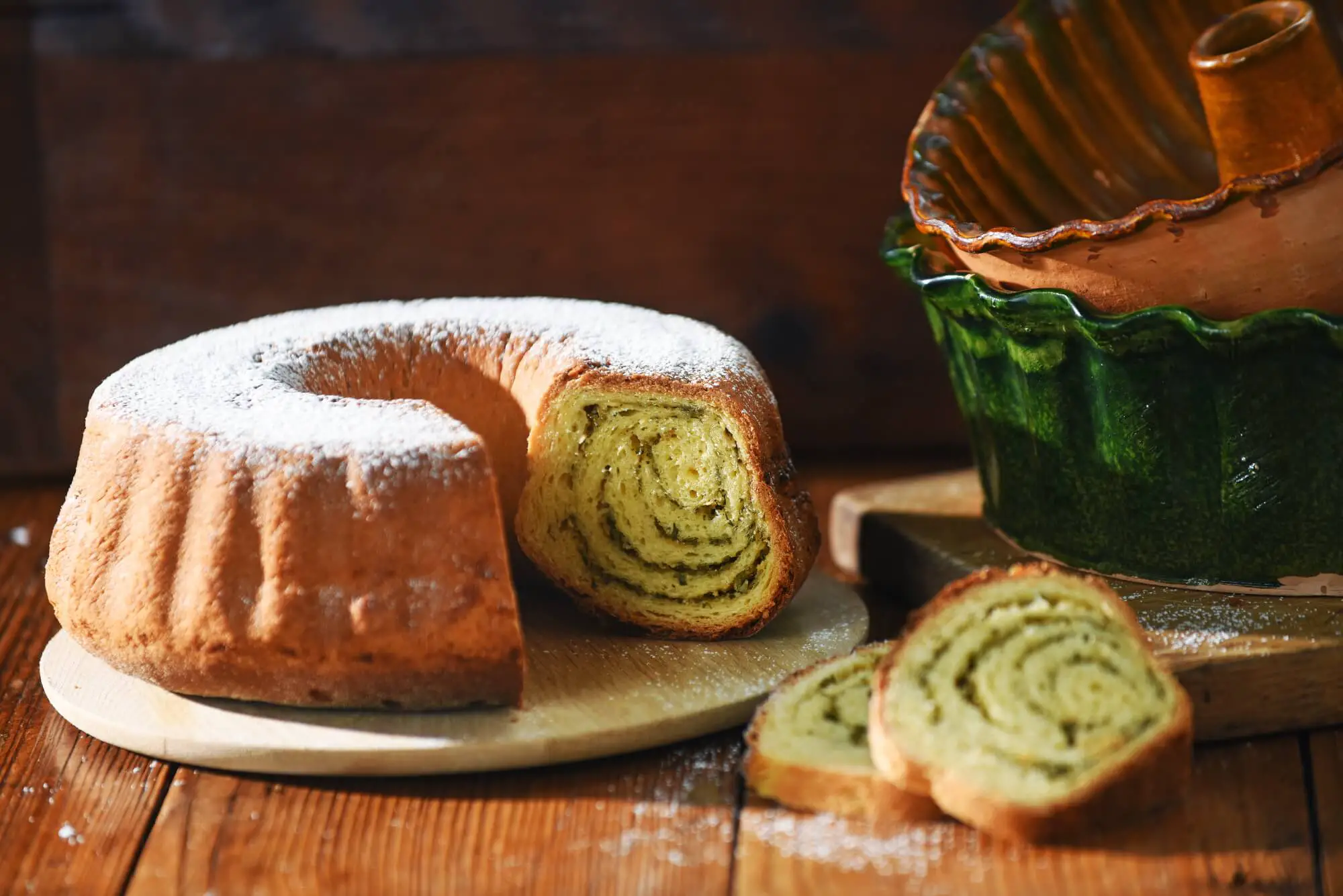
The award announcement ceremony was meant to take place in early June in Paris at the World Cookbook Fair but this has been rescheduled due to the current crisis. For the first time since 1995, when the culinary Oscars first took place, the organisers thus announced the winners prior to the main ceremony. Out of books from 225 countries and regions, Špela Vodovc’s debut, titled Cook Eat Slovenia, ranked among the top three in the world, with 2nd place in the category of “food tourism (countries & regions)” and 3rd place in the category of “self-published.”
The book will lead to the wider recognition of traditional Slovenian dishes around the world and entice travelers to visit Slovenia, especially with next year seeing the country become an official European Region of Gastronomy.
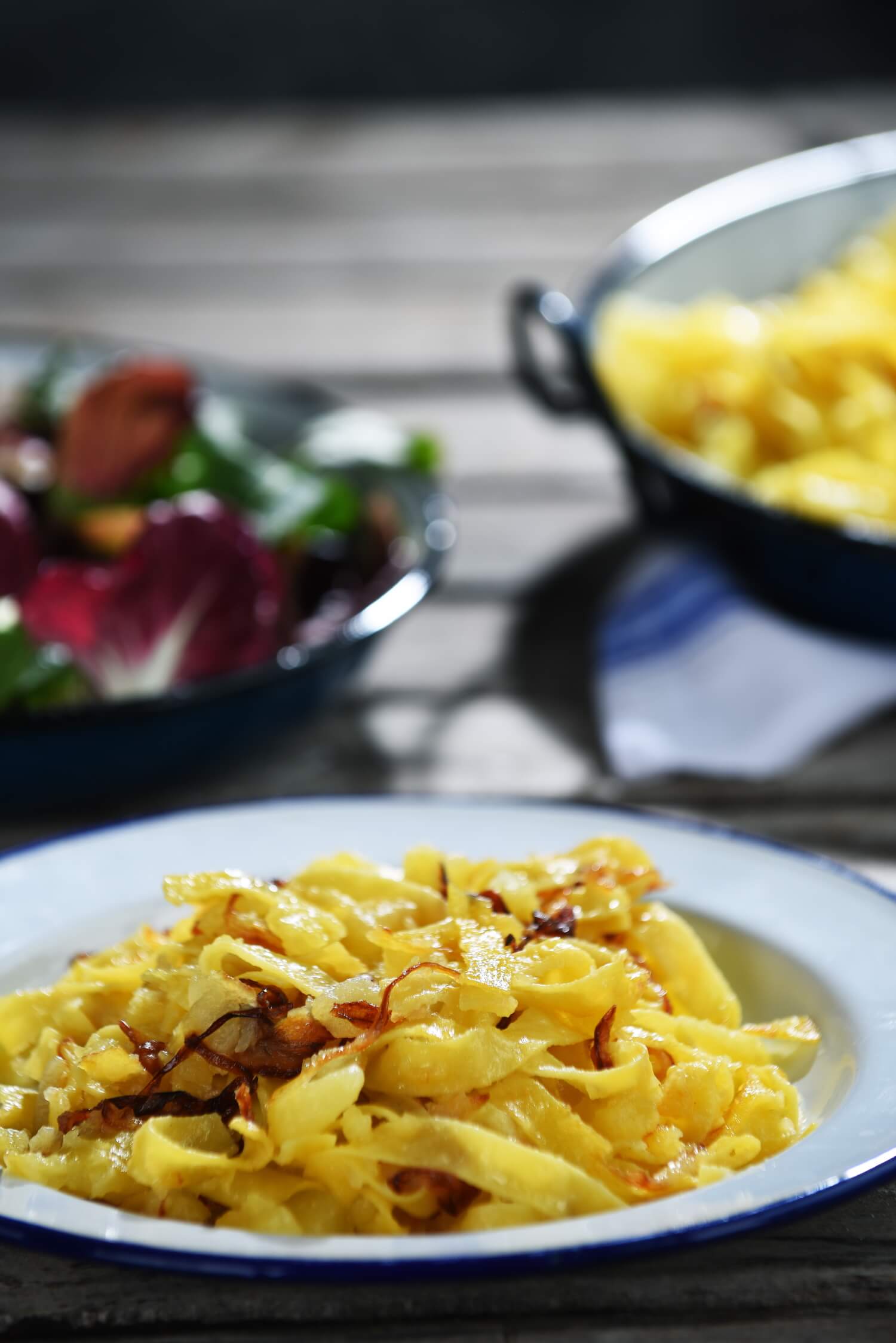
You can purchase the Cook Eat Slovenia cookbook here, and take a look at some of the recipes shared from the book below:
Easter Breakfast - Velikonočni Zajtrk
STA, 21 April 2020 - Slovenian researchers are believed to be the first to have proved the existence of abundant plant viruses in wastewater that remain infective after conventional wastewater treatment, which means they can infect plants and cause disease when released into the environment.
The latest achievement by researchers of the National Institute of Biology's Department of Biotechnology and Systems Biology has been published in Water Research, a journal of the International Water Association that publishes research on the science and technology of water quality and its management.
The scientists note that presence of plant, animal and human viruses in water is a major risk when wastewater is recycled for example for watering plants, a practice applied extensively in many parts of the world.
The release of viruses into rivers may lead to viral transmission if the river water is used for irrigation or if the viruses find a new host such as plants growing near the water.
Considering new findings about the great diversity of viruses in water and their infectivity the Ljubljana-based institute says that effective methods are needed to monitor the presence of pathogenic viruses in water.
The institute has been researching viruses in various water samples for years and is currently focusing on detecting the novel coronavirus in wastewater.
Katarina Bačnik, the lead author of the article published in Water Research, says that plant viruses, that is those that cause disease in plants, are present both when wastewater enters a purifying plant as well as when it is released into a nearby river.
Applying viral concentration technology with the help of purification media made by the Slovenian company BIA Separations and the sequencing of viral nucleic acids, the researchers detected 47 different types of plant viruses, including those not previously reported in Slovenia.
They also proved their infectivity, that is the ability to infect plants both before and after passing through the purifying plant as the plants infected with wastewater showed signs of disease.
Although the study focused on plant viruses, the researchers also detected in wastewater samples the presence of bacteriophages (viruses that infect and replicate within bacteria) and some human viruses that cause gastrointestinal diseases.
Maja Ravnikar, the head of the Department of Biotechnology and Systems Biology at the National Institute of Biology, says that, at the time when virus has become an everyday word, it has become even more obvious how little humanity knows about viruses and how important it is to study them.
The research had been conducted under the leadership of Maja Ravnikar, with young researcher Katarina Bačnik as the lead author and also involving Denis Kutnjak, Ion Gutierrez Aguirre, Nataša Mehle, Anja Pecman and Magda Tušek Žnidarič.
Apart from research project and programme financiers, the study was also supported by the Domžale-Kamnik central purifying plant, a long-term partner of the National Institute of Biology, which collected wastewater samples.
The article is available at https://www.sciencedirect.com/science/article/pii/S0043135420301640?via%3Dihub.
Books have always had the power to transport us to a different time and place. Now, more than ever, stories can offer an important escape route for us all. But stories also have the power to teach us more about the world we do inhabit. Now that we're all spending time at home, we have an opportunity to learn more about Slovenia through some of the country's best authors and literature. While many of us are also using this time to work on our language skills, the thought of picking up some Prešeren can still be daunting. Fortunately, there are some great contemporary Slovenian novels available in English translation. Istros Books is a UK-based publisher who specialises in publishing and promoting the best literature from South East Europe. Here are their suggestions for a lockdown reading list that offers both escapsim and insight:
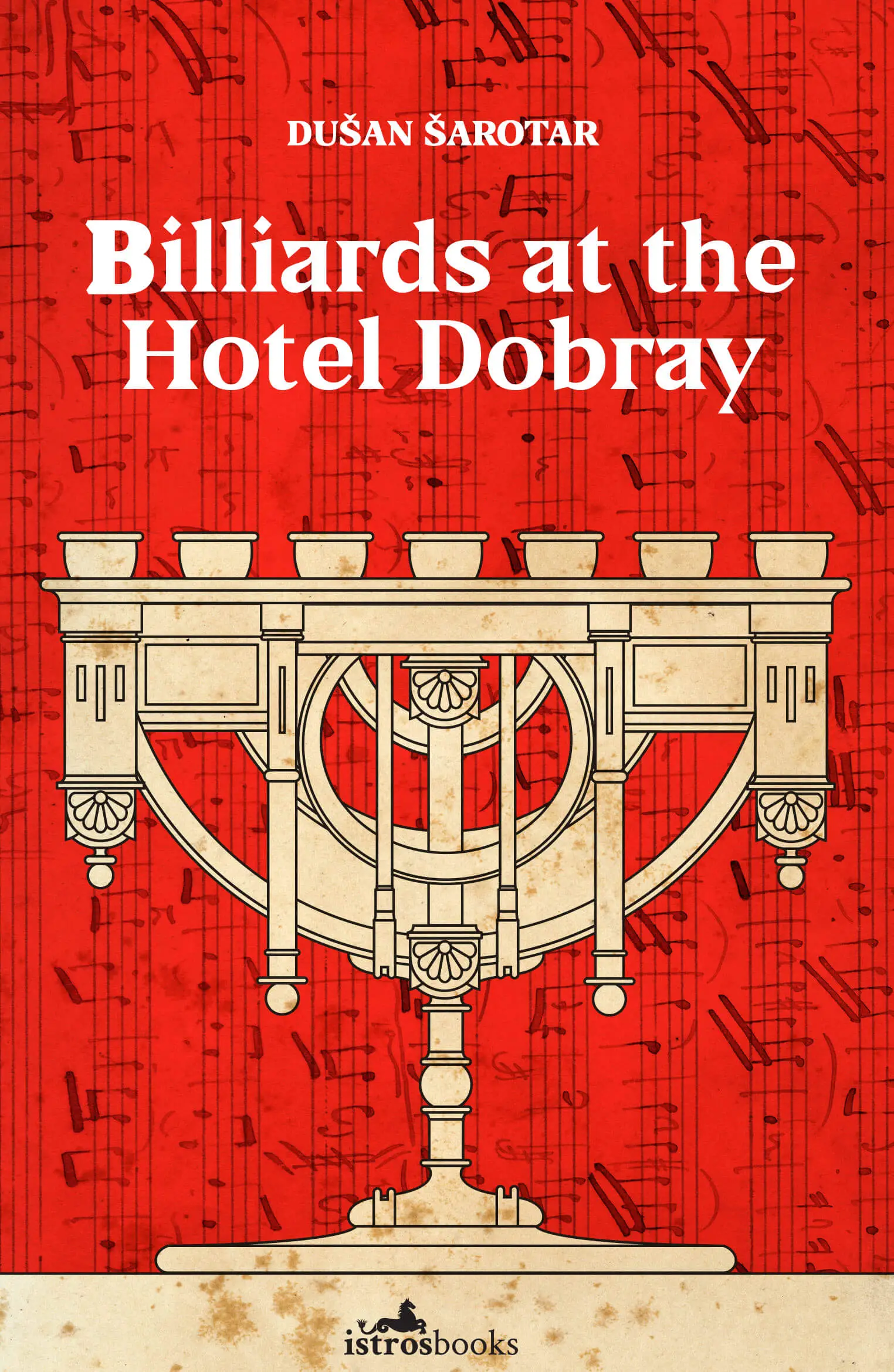
Check into Billiards at the Hotel Dobray by Dušan Šarotar
Set in March 1945, during the uncertain end of the Second World War, Billiards at the Hotel Dobray follows the lives of several disparate characters: a Hungarian soldier preparing for his final battle; a factory owner unsure what the future holds; a prostitute, confronting her divided loyalties and a father, returning to his hometown from the horrors of internment.
The minutae of people's characters, actions and motivations is set against the enormity of their consequences in this absorbing and challenging novel, beautifully translated by Rawley Grau, an American living in Ljubljana who has brought so many great literary voices into English. The vivid and lyrical descriptions of the once elegant Hotel Dobray will also satisfy any isolation yearnings for a weekend away.
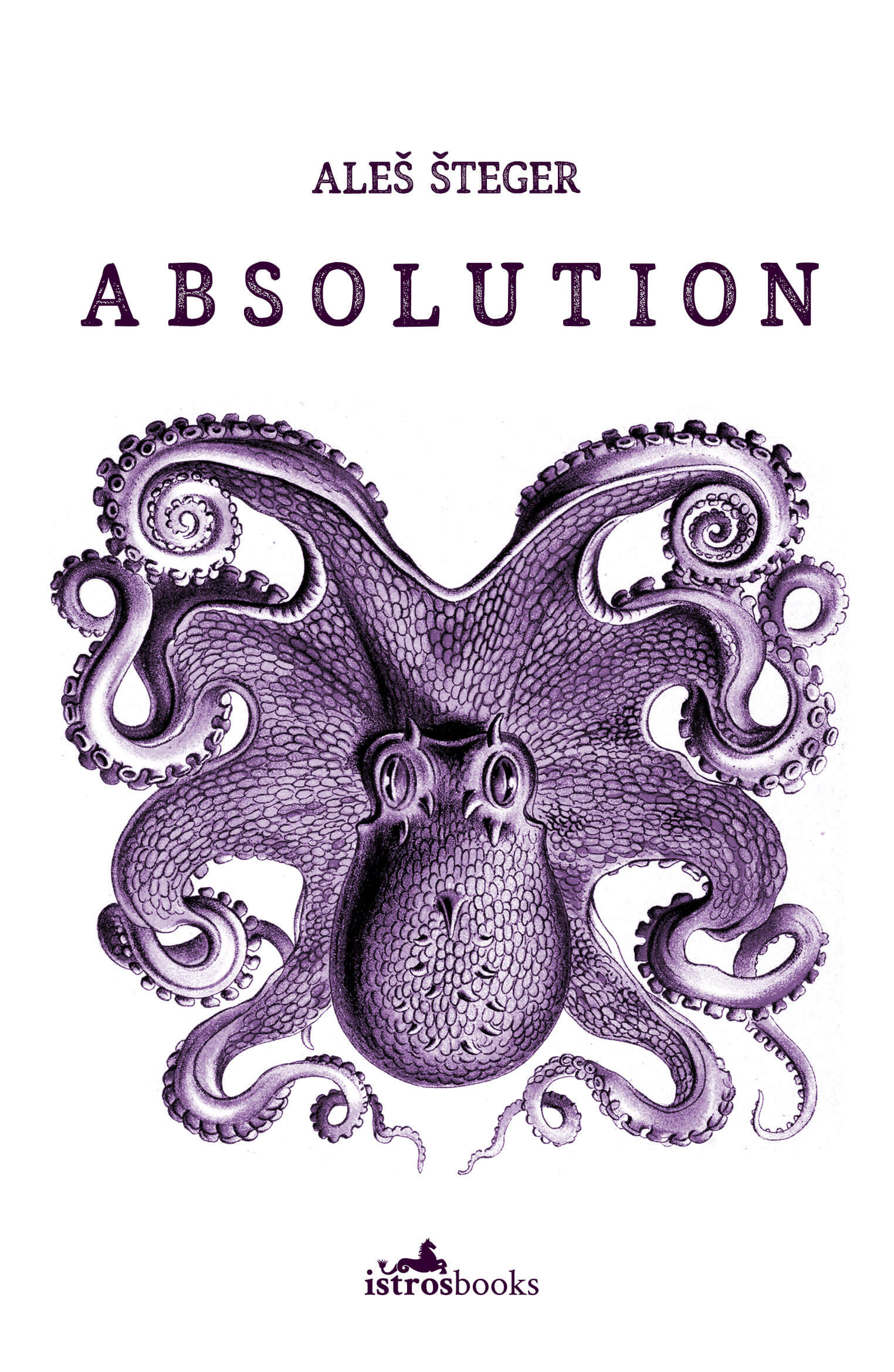
To Maribor and Beyond! Absolution by Aleš Šteger
A humourous mix of fantasy and political satire, Absolution firmly references the real world, with just enough sci-fi to offer an alternative reality. It's Carnival time 2012, and the Slovenian city of Maribor is European Capital of Culture. In an attempt to maximize profit, local politicians and showman peddle every possible art form. Amidst the hype, dramatist Adam Bely and Cuban-Austrian journalist Rosa Portero pursue a secret mission: to track down and overthrow the sinister octopus of thirteen selected persons that seems to be in control of the city. On the way, they encounter a variety of important citizens, all entangled in a web of corruption and lies. Compelling, poetic and funny, Šteger’s novel also ends with a lesson for us all “The lesson of this story is not how to behave better when something happens again. The question is how to put an end to repetition itself.” Translated by Noah and Urška Charney.
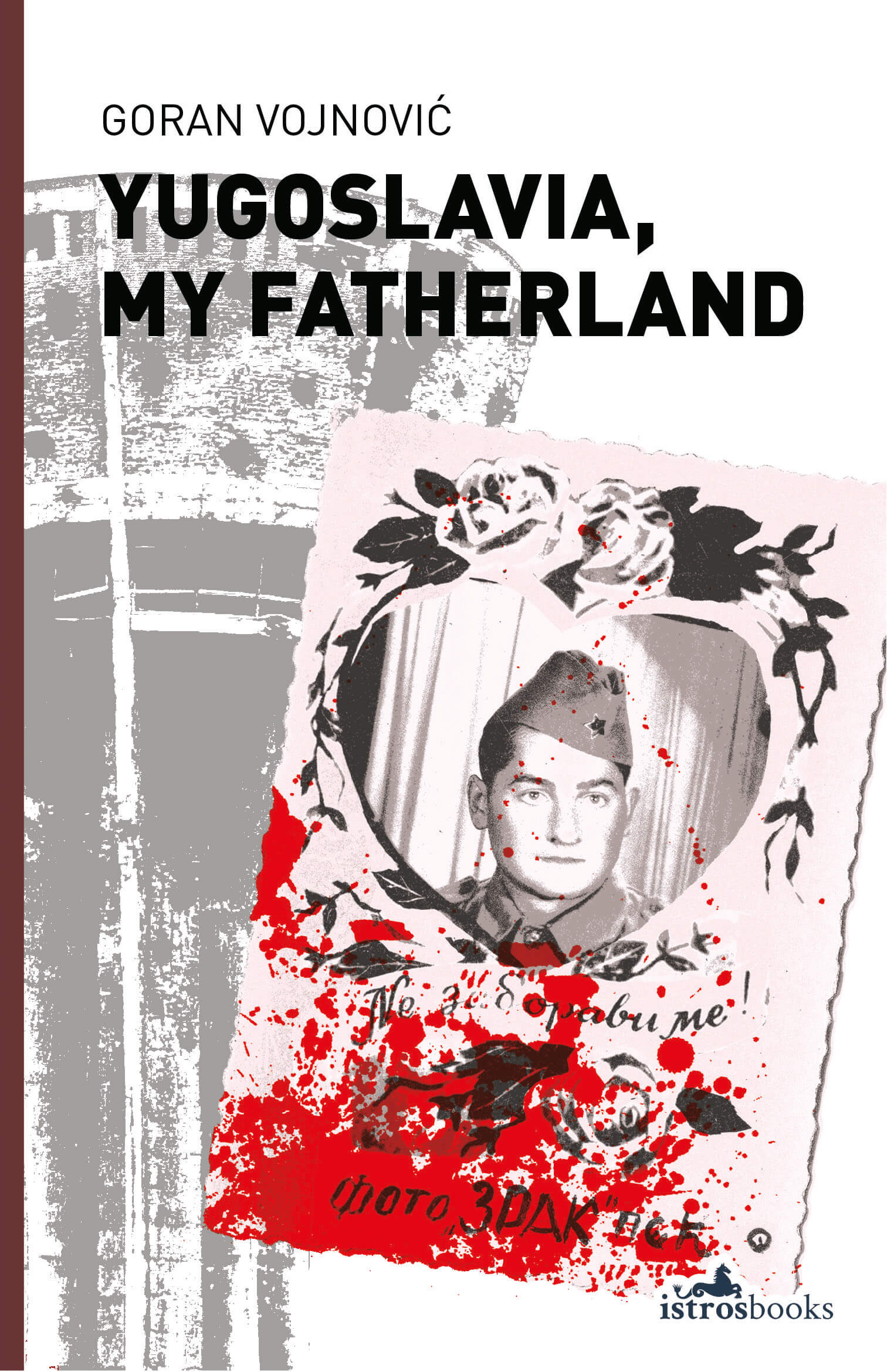
Wander the Corridors of Memory and Nostalgia - Yugoslavia, My Fatherland by Goran Vojnović and The End. And Again by Dino Bauk
Lose yourself in a dark family secret: the story that unfolds in Vojnović's hugely popular Slovenian novel is so gripping, that it is quite easy to forget your surroundings. A Google search takes Vladan Borojević back to the catastrophic events of 1991, when he first heard the military term 'deployment', and his idyllic childhood came to a sudden end. Seventeen years later, Vladan’s discovery that he is the son of a fugitive war criminal sets him on a journey to find his elusive father. On the way, he begins to understand how the falling apart of his family is mirrored in the larger tragedy of the disintegration of the world they used to live in. Vojnović's cinematic prose conjures a sense of bleakness, intrigue and tragic destiny as well as any scandi-noir boxset and the story of the Borojević family will engross you until the very last page. Translated by Noah Charney.
The inspirationally named The End. And Again also opens in the early 1990s, but instead offers an imaginative reworking of the history of the independence of Slovenia through the eyes of its four teenage characters. Partly set in a still-recognisable Ljubljana, Bauk's narrative lets us time-travel through familiar streets. Read this beguiling story in an armchair by a window in the capital and you will almost be able to look out on the action. Maybe we can also learn something from the book's youthful characters, whose interests throughout the novel continue to revolve around music and love, rather than the turbulent political situation that derails their lives. Translated by Timothy Pogaćar.
If you want your reading to take you further afield, Istros also publishes titles set everywhere from the sun-drenched coastline of Montenegro, to the mountains of Romania. Visit www.istrosbooks.com for the full list.
Kindle versions of all Istros titles are also currently available at the special lockdown price of £2.50.
With all the pressures the covid-19 lockdown is bringing – material, mental, social and physical – it’s important to have some distractions and creative outlets, to keep focused on the positive and not give in to despair, to end each day a little better than it started and work to give some joy and ease the burdens of those around you.
The HoloLens version of the game
One man who may be able to provide some much needed distraction to your day is Rok Bermež, a developer, self-taught mixed reality creator, gamer, and the talent behind Holosheep Studios, a hobby venture that gives him the freedom to do whatever he wants when not writing code or delivering courses on Microsoft technologies for a living. He’s just released CoronAR, an augmented reality (AR) game that you can download and play for free. The idea is simple: just point your device to wherever want to play and the viruses will fly around on-screen, turning your living room or the view outside a window into the background to the game. Your job is then to combat the viruses by tapping on the screen and throwing that lockdown essential, rolls of toilet paper, moving the device to aim your throws and keeping your temperature down to a safe level.
The version for Android devices
Related: Slovenian Designer Updates Logos for the Age of Social Distancing
The game was first developed for the HoloLens system, and is now available for all Android devices that support AR Core, a long list of which is here, the same tech that powered Pokemon Go. Note that it’s not available via Google Play due to corporate concerns about covid-19 related content, and so you’ll need to download the APK file from the Holosheep website. This is a simple, two-step process. If you’re reading this on an appropriate device just click here to get the file, go to your downloads, tap the file name and then “yes”.
You can see more of Rok Bermež’s side projects here, and also get in touch with him if you an idea for a project that he can work on in the days ahead.
STA, 27 March 2020 - Matevž Dular, a lecturer and researcher at the Ljubljana Faculty of Mechanical Engineering, has been awarded the prestigious Friedrich Wilhelm Bessel Research Award. This is the second Bessel prize for a Slovenian researcher in as many years, last-year's winner being particle physicist Jure Zupan.
Financed by the German government and conferred by the Alexander von Humboldt Foundation on around 20 scientists each year, the honour includes a EUR 45,000 grant and a six-month research project in Germany.
The Bessel prize is intended for non-German scientists and scholars, internationally renowned in their field, who completed their doctorates less than 18 years ago and are expected to continue producing cutting-edge achievements which will have a seminal influence on their discipline beyond their immediate field of work.
Dular, who was honoured for his impressive list of academic achievements, specialises in fluid mechanics, ultrasound, cavitation and water purification.
The award comes with an invitation to cooperate with German experts in a project of his choosing. Dular was nominated for the prize by professor Claus-Dieter Ohl of the Otto von Guericke Mageburg University for Natural Sciences, which said Dular is to spend six months at the Physics Institute there to research application possibilities for cavitation.
Dular talks about his work, with English subtitlesHis young age (41) notwithstanding, Dular has worked for over four years at universities in Germany, France an US and also led several projects for the European Space Agency. With a project involving the use of cavitation for water purification he has helped secure a EUR 2m grant from the European Research Council (ERC).
Meanwhile, Slovenia had another Bessel Research Award winner last year in Jure Zupan, a professor at the University of Cincinnati. He was honoured for his research on dark matter, antimatter and subatomic particles called quarks.
Zupan has also been honoured with the NSF Early Career Award and is an American Physical Society Fellow. As a post-doctoral researcher he has worked at the Technion University in Israel and at the Carnegie Mellon University in the US. He is a co-founder of the popular science web portal Kvarkadabra and author of four popular science books.
We’re a little late to the party on this one, not least because we made the mistake of dealing with the lockdown and concomitant light schedule by digging into our stockpile of local beer and wine, with the resulting hangover – never nice, never kind – a true shock to the system in the days of covid-19. But a few litres of water, some paracetamol (not ibuprofen) and pot of jota later we’re back on track with all that’s new and Slovene. It’s thus with some joy, reborn, revivified and none the wiser, that we present some of the wonderful corporate logos that the Slovenian designer Jure Tovrljan has reworked for these strange times, as follows.





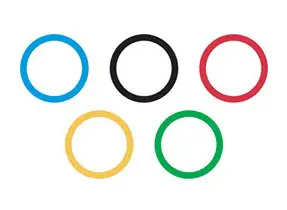
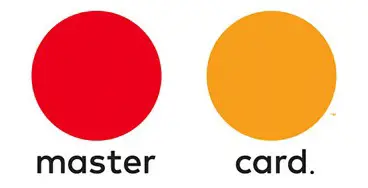

You can see the full set at Tovrljan’s page on Behance.


